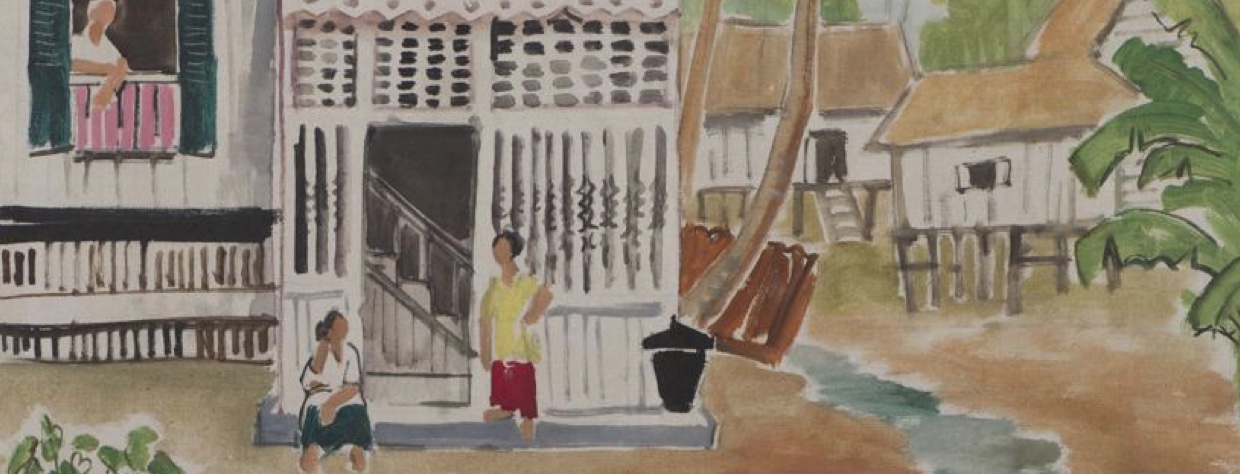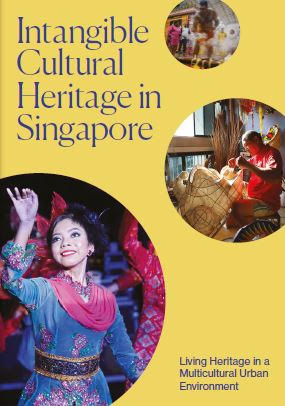The National Heritage Board (NHB) has launched an inventory which seeks to identify and document the diverse forms of living heritage that are present and practised in multicultural Singapore.
We would like to invite you to contribute to this inventory through the following ways
The establishment of such an inventory is a major step for the safeguarding of Singapore’s living heritage, and will contribute towards nominating an intangible cultural heritage element onto the UNESCO Representative List of Intangible Cultural Heritage of Humanity.
Intangible cultural heritage comprises the traditions, rituals, crafts, expressions, knowledge and skills that we practise and pass on from generation to generation. As it is part of our living, everyday heritage, our intangible cultural heritage is dynamic, evolving and constantly being updated and/or re-created by individuals, groups and communities in response to their environments, interactions with nature and history, and changes in our lifestyles.
Through the inventory, we hope to document and make available more information on Singapore’s living heritage, and to promote greater public awareness and appreciation of our diverse cultures, traditions and practices.
The inventory will be a growing inventory where we will continue to work with communities to identify and document living traditions, and add more intangible cultural heritage elements over time.
As of March 2024, the Inventory consists of research on 106 elements, and more will be added progressively.
Download a copy of our ICH Booklet to find out more.
Things to Note
-
Not in order of importance: The purpose of the inventory is not to create hierarchies and/or to accord different levels of importance to the intangible cultural heritage elements featured, but to document and share information on these elements. It is also not the intention of the inventory to define or prescribe a formal or correct form of an intangible cultural heritage element as each element may vary and evolve over time.
-
Emphasis on "living heritage": The emphasis for the safeguarding of intangible cultural heritage will be on our “living heritage” or the practices, customs and traditions that are still valued and practised by individuals, groups and communities today. Hence, the inventory will not include elements which are no longer existing or practised in Singapore.
-
Languages as medium of transmission: Languages and dialects are not defined as intangible cultural heritage elements under the UNESCO Convention. Instead, they are a medium through and by which intangible cultural heritage may be transmitted.
-
Shared elements: Countries often share similar intangible cultural elements given the historical links and the movements of people from one country to another, and Singapore is no exception. The inventory will include elements that can be found in Singapore as well as other countries although it will highlight the unique features of how these elements are expressed and/or practised in Singapore, and show how they have evolved or adapted to suit our local context over time.
Share with Us
To help us grow the inventory, we would like to invite you to review the intangible cultural heritage elements in the inventory and identify additional elements to be included into the inventory.
We would also like to seek your assistance to contribute information and other resources (including articles, photographs, videos, contacts of practitioners etc.) to existing elements in the inventory by clicking on the following link: https://oursgheritage.sg/share-with-us-inventory-of-ich
What happens to my contribution after I submit?
After your contribution is received by NHB, we will conduct the necessary research to verify the information and uncover more information about the intangible cultural heritage element. We may contact you if we require further clarifications.
The development of the inventory is an ongoing process. A suggested intangible cultural heritage element that has not been included does not mean that it is not important. It may require further research, documentation and review before it is included, and this will take some time. For example, oral history interviews with practitioners may need to be conducted, to document their personal experiences with their consent. We may also consult experts for their views on the element to be included into the inventory.
Once the above processes have been completed and your contribution verified, we will upload the information (such as text, documents, photographs, videos, etc.) onto the inventory, and acknowledge your contribution accordingly.







